Optimal Timing for Concrete Slab Installation
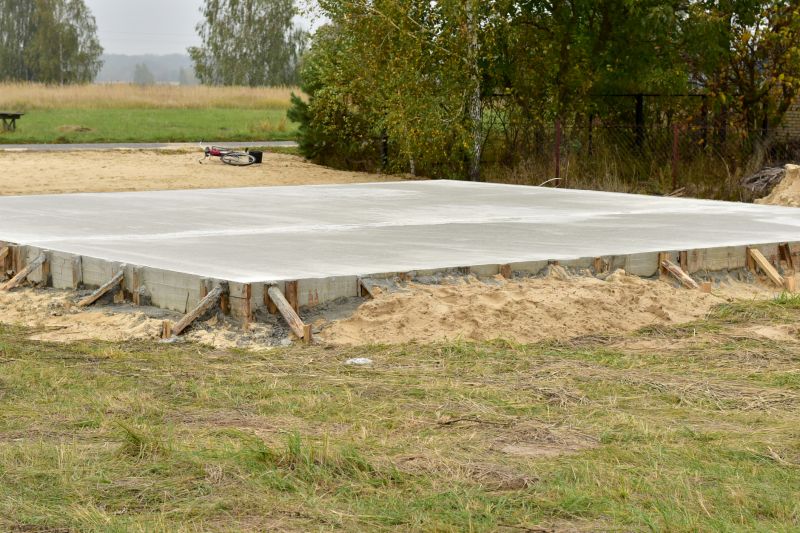
Spring offers moderate temperatures and lower humidity, ideal for concrete curing and minimizing cracks.
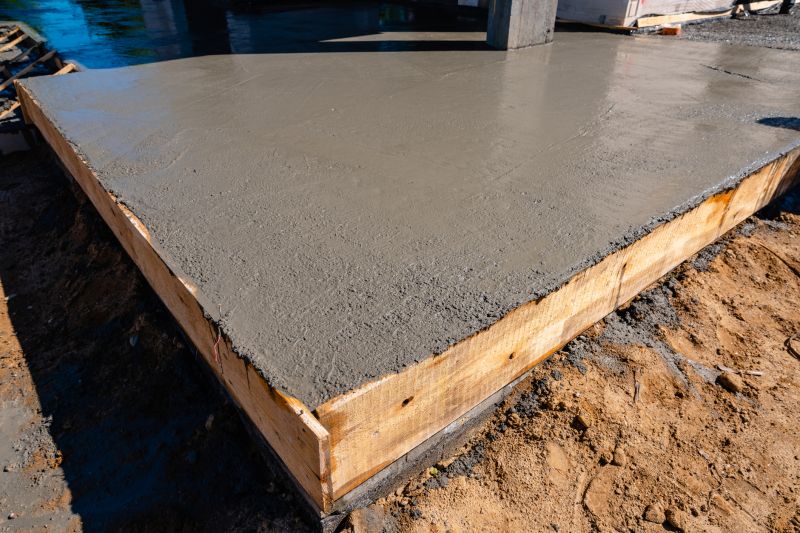
Summer provides longer daylight hours but requires precautions against high temperatures and rapid drying.
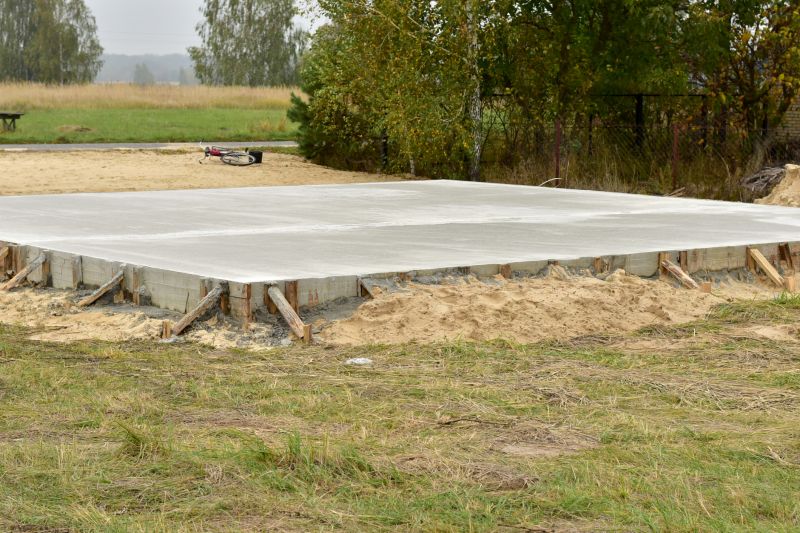
Fall's cooler weather helps with curing, but early frosts can delay setting times.

Ways to make Concrete Slab Installations work in tight or awkward layouts.
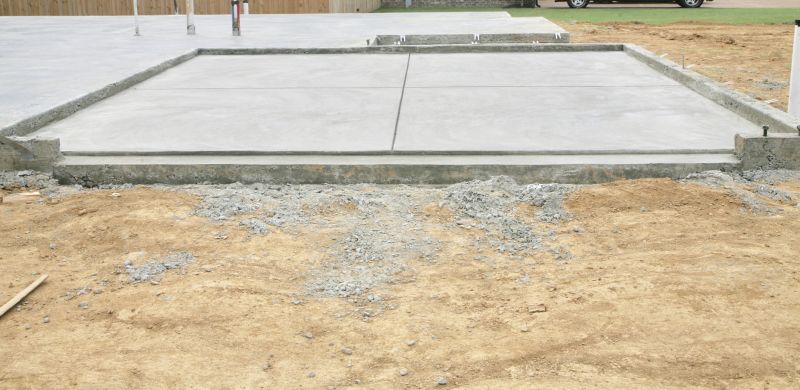
Popular materials for Concrete Slab Installations and why they hold up over time.
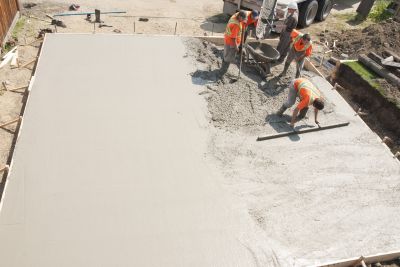
Simple add-ons that improve Concrete Slab Installations without blowing the budget.

High-end options that actually feel worth it for Concrete Slab Installations.
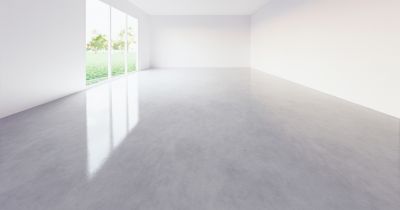
Finishes and colors that play nicely with Concrete Slab Installations.
Concrete slab installations are sensitive to weather conditions, which can significantly influence the quality and durability of the finished slab. Temperature, humidity, and precipitation levels are critical factors to consider when planning installation schedules. Proper timing ensures optimal curing, reduces the risk of cracking, and extends the lifespan of the concrete.
In general, the best conditions for concrete installation include temperatures between 50 and 85 degrees Fahrenheit, low humidity, and dry weather. Extreme heat can cause rapid evaporation of moisture, leading to cracks, while cold temperatures can delay setting times and compromise strength. Planning installations during periods with stable weather conditions helps achieve a high-quality, long-lasting slab.
Maintaining optimal temperatures during installation is essential for proper curing and strength development.
High humidity can slow curing, while low humidity can cause rapid drying and cracking.
Rain can wash away cement and weaken the slab, so weather forecasts should be monitored.
Late spring and early fall are often ideal due to moderate weather conditions.

Little measurements that prevent headaches on Concrete Slab Installations day.

A 60-second routine that keeps Concrete Slab Installations looking new.

A frequent mistake in Concrete Slab Installations and how to dodge it.

Small tweaks to make Concrete Slab Installations safer and easier to use.

Lower-waste or water-saving choices for Concrete Slab Installations.
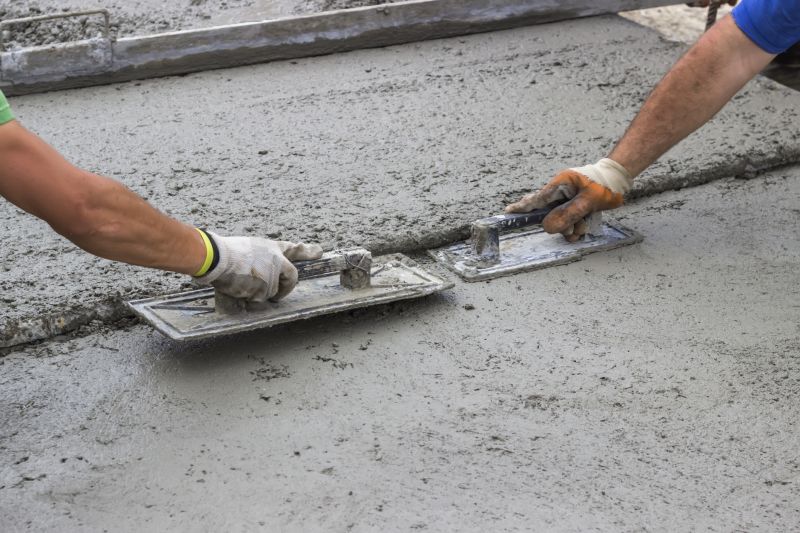
The short, realistic tool list for quality Concrete Slab Installations.

Rough timing from prep to clean-up for Concrete Slab Installations.
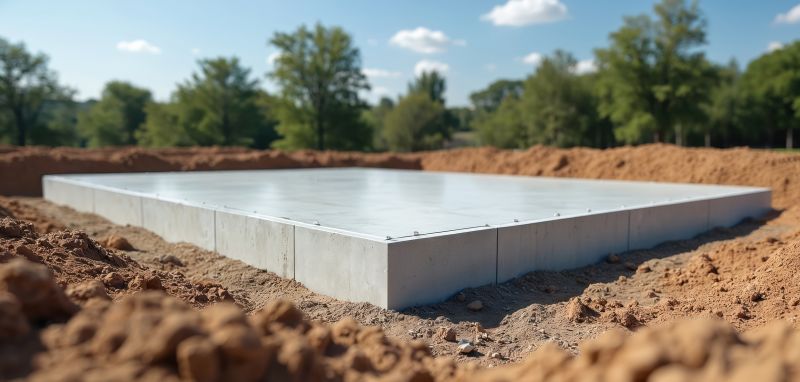
Quick checks and paperwork to keep after Concrete Slab Installations.
| Weather Condition | Impact on Installation |
|---|---|
| Temperatures below 50°F | Delays setting time and reduces strength |
| Temperatures above 85°F | Rapid drying, increased cracking risk |
| High humidity | Slower curing process |
| Low humidity | Potential for rapid moisture loss and cracking |
| Rain or snow | Washes away cement, delays work, weakens slab |
| Wind | Accelerates evaporation, affects curing |
| Frost conditions | Can cause surface cracking and structural issues |
Choosing the right time for concrete slab installation is crucial for achieving durable and high-quality results. Proper planning around seasonal weather patterns can prevent common issues such as cracking, warping, and delayed curing. Consulting local weather forecasts and scheduling during stable conditions can lead to more successful projects.
Interested in scheduling a concrete slab installation? Filling out the contact form provides the necessary details to plan effectively and ensure optimal results based on local weather conditions and project requirements.
